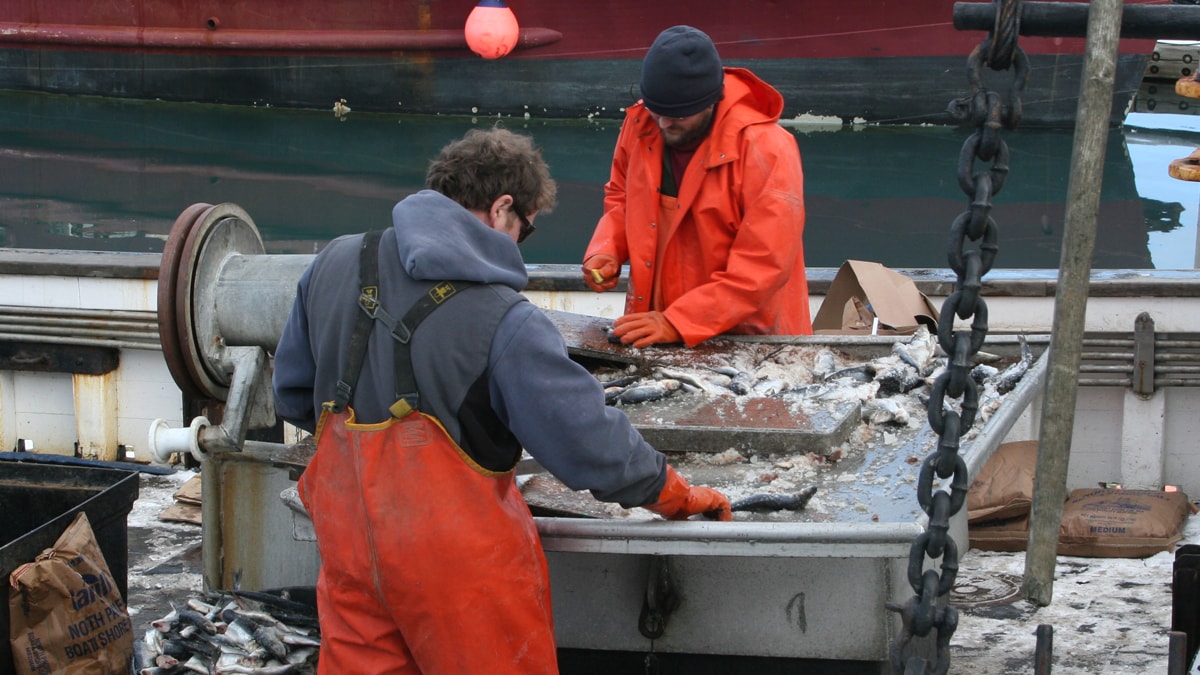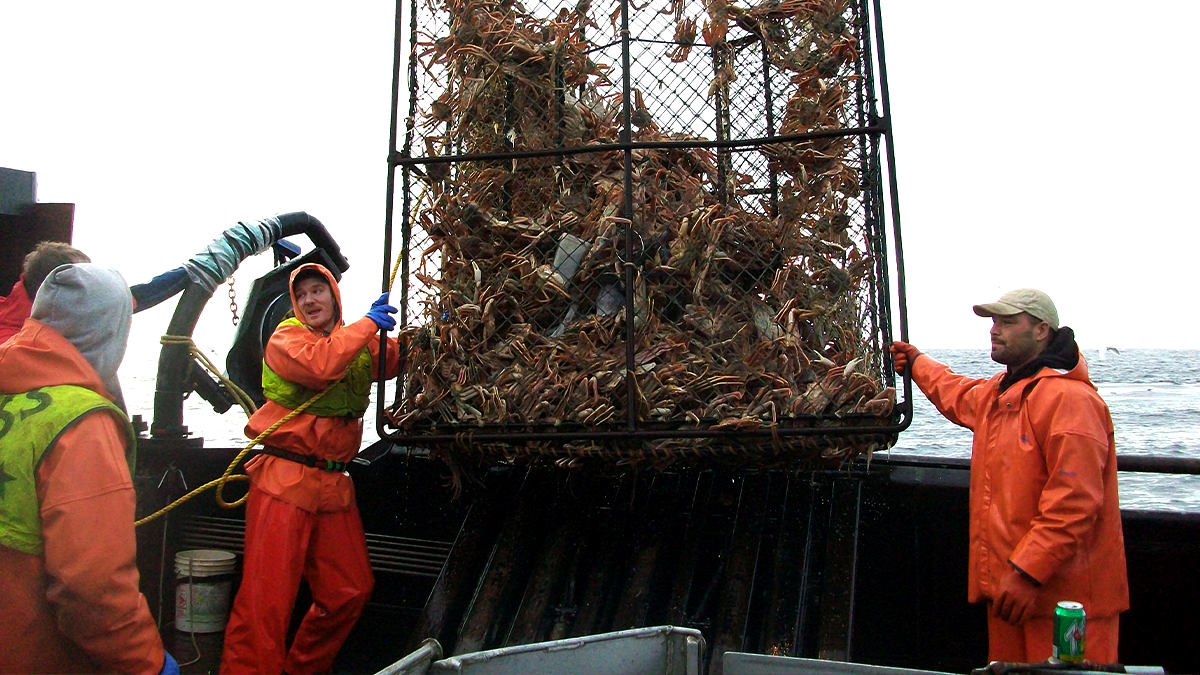Key points
- Commercial fishing is one of the most hazardous occupations in the United States.
- NIOSH Center for Maritime Safety and Health Studies works with industry, state, and federal partners, to conduct studies of fishing safety to reduce the incidence of injuries and fatalities among the nation’s fishermen.

Overview

Commercial fishing is one of the most hazardous occupations in the United States. The commercial fishing industry had a fatality rate over 40 times higher than the national average in 2019.1
Characteristics of fishing operations include heavy weather, long work hours, strenuous labor, and working with hazardous machinery.
NIOSH Commercial Fishing Incident Database
Since 1991, the NIOSH Western States Division (WSD) has conducted studies of fishing safety to reduce the incidence of injuries and fatalities among the nation’s fishermen. To do this, NIOSH developed the Commercial Fishing Incident Database (CFID) to track work-related fatalities in the commercial fishing industry.
Studies of CFID data show that hazards can differ between fisheries and regions. The greatest dangers to fishermen are vessel disasters, falls overboard, and working with machinery on deck.
Workplace hazards
The most common hazards include:
- Vessel Disasters – Including sinkings, capsizings, and groundings
- Falls Overboard – A crewmember falls off the vessel into water
- Onboard Hazards – Including dangerous machinery, slippery surfaces, and toxic substances
- Other Hazards – Including falls from docks, and diving operations
What's being done
To learn more about NIOSH research goals and activities related to commercial fishing safety and health, please visit the NIOSH Center for Maritime Safety and Health Studies and NIOSH Agriculture, Forestry, and Fishing Program pages.
- NIOSH Commercial Fishing Incident Database (CFID)
